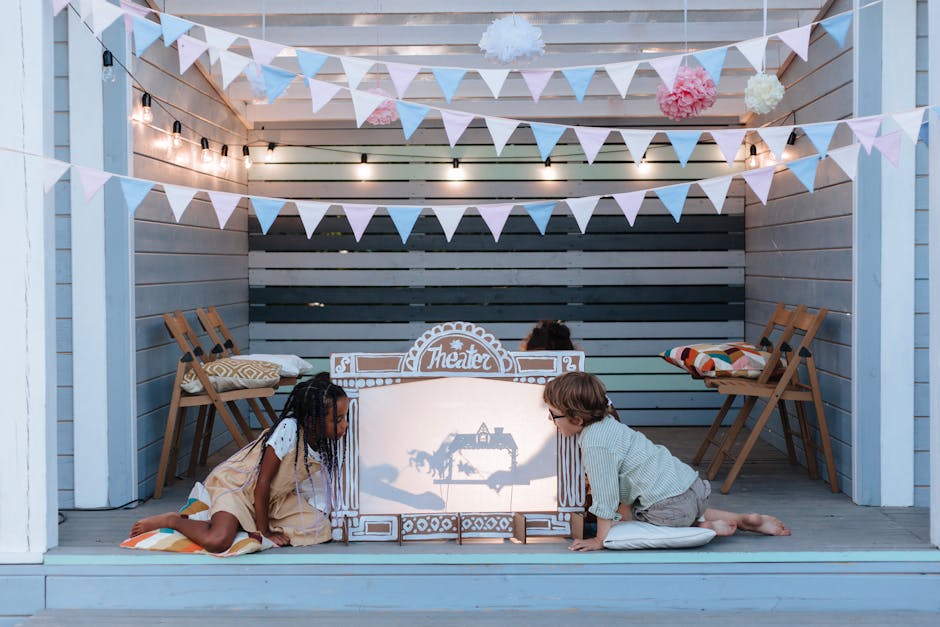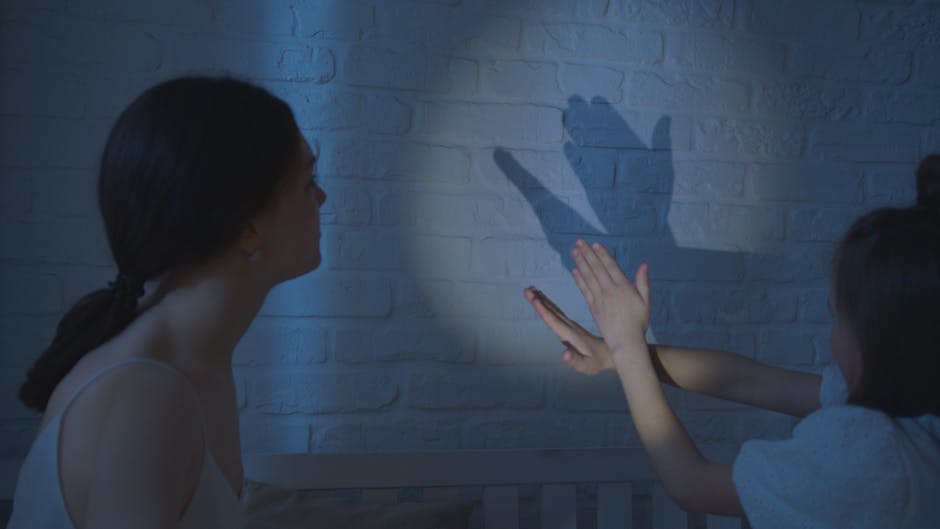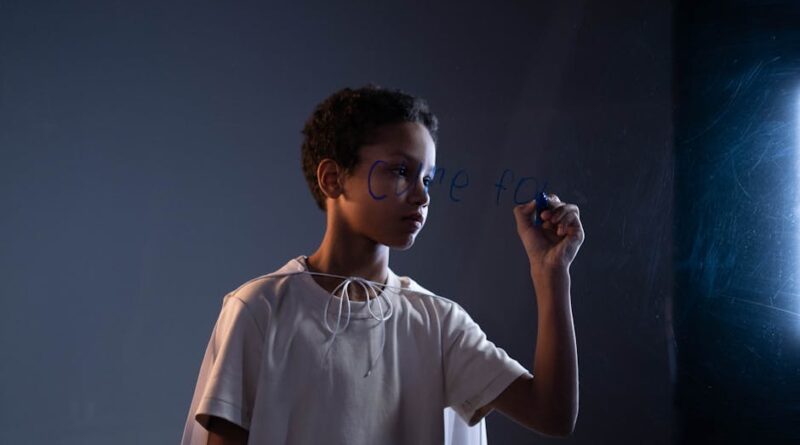Unraveling the Art of Storytelling Through Art
Art has always been a crucial medium for human expression, allowing people to convey their thoughts, emotions, and stories in a unique and captivating manner. From ancient cave paintings to modern digital art, the power of storytelling through art has remained a constant throughout history. In this comprehensive exploration, we delve into the intricate world of storytelling through art, uncovering its significance, techniques, and impact on society.
The Evolution of Storytelling Through Art

By Marina M via Pexels
Storytelling through art dates back to the earliest civilizations, where ancient cultures used paintings, sculptures, and other forms of artistic expression to communicate their narratives. In prehistoric times, cave paintings served as a visual record of daily life, beliefs, and rituals, offering insights into the lives of our ancestors.
As civilizations evolved, storytelling through art became more sophisticated, with artists incorporating symbolism, allegory, and metaphor into their works. In the Renaissance era, artists like Leonardo da Vinci and Michelangelo used their paintings and sculptures to convey religious, mythological, and historical stories, creating timeless masterpieces that still resonate with audiences today.
In the modern era, storytelling through art has taken on new forms, with artists exploring a wide range of styles, techniques, and mediums to tell their stories. From impressionism to surrealism, from oil painting to digital art, artists continue to push the boundaries of creativity and innovation, using art as a powerful tool for self-expression and communication.
The Elements of Storytelling Through Art

By Ron Lach via Pexels
Storytelling through art involves a complex interplay of visual elements, narrative techniques, and emotional cues. Artists use a variety of tools and techniques to convey their stories effectively, capturing the imagination of viewers and evoking a range of emotions.
Composition
The composition of an artwork plays a crucial role in storytelling, as it dictates how the elements within the piece are arranged and structured. Artists use techniques such as balance, contrast, and focal points to guide the viewer’s eye and convey the intended narrative. For example, a painting with a strong central focal point may draw the viewer’s attention to a specific character or scene, enhancing the storytelling aspect of the artwork.
Color Palette
Colors are another essential element of storytelling through art, as they can evoke specific moods, emotions, and themes. Artists carefully select color palettes to enhance the narrative of their works, using warm colors like red and orange to convey passion or intensity, and cool colors like blue and green to evoke calmness or serenity. By utilizing color theory effectively, artists can imbue their artworks with deeper meaning and symbolism.
Symbolism
Symbolism is a powerful storytelling device used by artists to imbue their works with hidden meanings and messages. By incorporating symbolic imagery, objects, or motifs into their art, artists can convey complex ideas, themes, and emotions that may not be immediately apparent to viewers. For example, a rose might symbolize love or beauty, while a skull could represent mortality or the passage of time.
Texture and Form
Texture and form add depth and dimension to storytelling through art, allowing artists to create tactile and visually engaging works. By manipulating the surface of their artworks through techniques such as impasto or collage, artists can evoke different sensations and enhance the overall narrative of their pieces. Texture can convey a sense of realism, energy, or emotion, enriching the storytelling experience for viewers.
The Impact of Storytelling Through Art
Storytelling through art has a profound impact on both individual viewers and society as a whole, influencing perceptions, emotions, and cultural values. Art has the power to provoke thought, inspire change, and foster empathy, serving as a catalyst for dialogue and understanding.
Emotional Connection
Art has the ability to evoke a wide range of emotions, from joy and hope to sadness and fear. Through storytelling, artists can create powerful emotional connections with viewers, eliciting empathy and compassion for the characters and narratives depicted in their works. By tapping into universal themes and experiences, art can transcend language and cultural barriers, forging a profound emotional bond between the artist and the audience.
Social Commentary
Many artists use storytelling through art as a means of social commentary, addressing pressing issues and challenging societal norms. Artworks can serve as a mirror to society, reflecting its triumphs, struggles, and injustices. Through provocative imagery, satire, or allegory, artists can provoke critical thinking and stimulate conversations about important social, political, and environmental issues.
Cultural Preservation
Art plays a vital role in preserving and celebrating cultural heritage, traditions, and stories. Indigenous communities around the world use art as a means of passing down oral histories, myths, and legends from generation to generation, ensuring that their cultural heritage endures. By incorporating traditional symbols, motifs, and techniques into their artworks, artists can pay homage to their cultural roots and keep ancient storytelling traditions alive.
[IMAGE: Artwork evoking strong emotional response (Emotional connection)][IMAGE: Political art as social commentary (Social commentary)][IMAGE: Indigenous art preserving cultural heritage (Cultural preservation)]
The Future of Storytelling Through Art
As technology continues to advance and society evolves, storytelling through art is poised to undergo further transformations and innovations. Digital art, virtual reality, and interactive installations are opening up new possibilities for artists to engage with audiences in novel and immersive ways, redefining the art of storytelling for the 21st century.
Digital Art and Technology
Advancements in digital art and technology have revolutionized the way artists create and share their stories. Digital tools and software enable artists to experiment with new mediums, techniques, and styles, blurring the boundaries between traditional and digital art forms. From digital painting to animation to multimedia installations, artists are embracing technology to push the boundaries of storytelling through art.
Interactive and Immersive Experiences
Interactive and immersive art experiences are transforming the way audiences engage with storytelling. Through virtual reality, augmented reality, and interactive installations, artists can create immersive worlds and narratives that invite viewers to become active participants in the storytelling process. By breaking down the barriers between the artist and the audience, these interactive experiences are redefining the relationship between art and storytelling.
Collaboration and Co-Creation

By Artem Podrez via Pexels
Collaboration and co-creation are becoming increasingly prevalent in the world of storytelling through art, as artists collaborate with other creatives, technologists, and communities to bring their stories to life. By working together across disciplines and cultures, artists can enrich their narratives, expand their audiences, and foster a sense of shared ownership and collaboration. Through collective storytelling, artists can create more inclusive, diverse, and impactful works that resonate with a global audience.
[IMAGE: Digital art creation process (Digital art)][IMAGE: Virtual reality art installation (Immersive experiences)][IMAGE: Artists collaborating on a mural (Collaboration and co-creation)]
Expert Opinions
We spoke with renowned artist and storyteller, Sarah Jenkins, about the importance of storytelling through art in today’s society. According to Jenkins, “Art has the power to transcend language, culture, and time, allowing us to connect with each other on a deeper level. Through storytelling, artists can share their experiences, perspectives, and dreams with the world, inspiring empathy, understanding, and change.”
Conclusion
To wrap things up, storytelling through art is a timeless and universal form of expression that has the power to captivate, inspire, and transform. By harnessing the elements of composition, color, symbolism, and texture, artists can create compelling narratives that resonate with viewers on a profound emotional and intellectual level. As we look to the future, the evolution of digital art, interactive experiences, and collaborative storytelling promises to usher in a new era of creativity and innovation, shaping the way we engage with art and stories for generations to come.
Long story short, storytelling through art is a dynamic and multifaceted practice that continues to evolve and thrive in the ever-changing landscape of the art world. Whether through traditional mediums or cutting-edge technologies, artists will always find new ways to captivate audiences, provoke thought, and inspire change through the power of storytelling.




